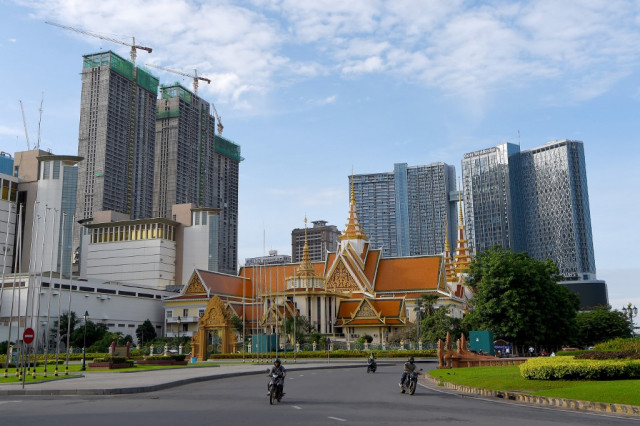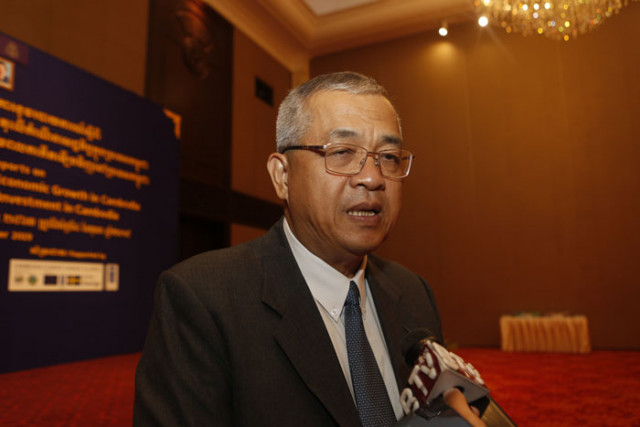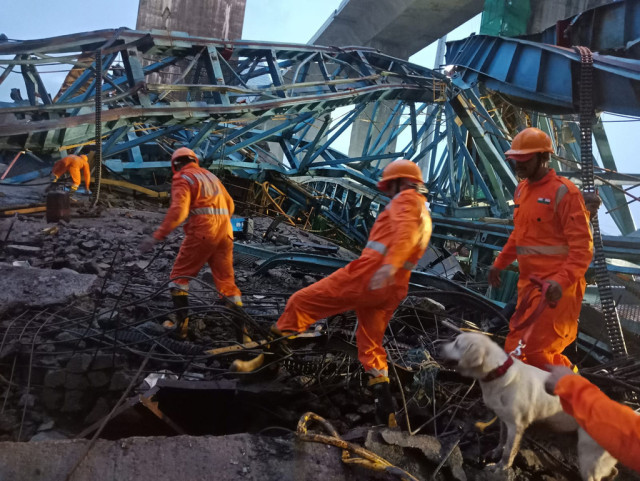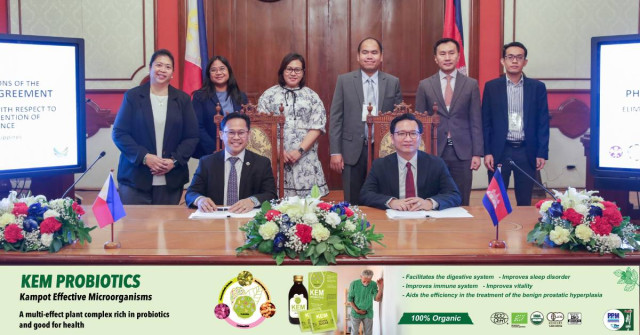World Bank: Expanding Trade and Investment Crucial for Cambodia’s COVID-19 Recovery

- Torn Chanritheara
- September 29, 2020 10:39 AM
The World Bank’s predictions for the Cambodian economy are in line with government expectations; a -2 percent contraction in 2020, but with a strong performance in 2021.
PHNOM PENH--The World Bank on Sept. 28 released a new report claiming that Cambodia needs to focus on expanding trade and investment, as well as job creation, if it is to recover economically from the COVID-19 pandemic.
The 52-page report, entitled “From Containment to Recovery: World Bank October 2020 Economic Update for East Asia and the Pacific” was released on Sept. 28 and forecast negative growth of -2 percent for Cambodia’s economy this year.
While this may be the sharpest economic contraction in recent history for Cambodia, the World Bank paints a much less gloomy picture than the Asian Development Bank (ADB) did last week, where they predicted a -5.5 percent decline for the economy—a stark contrast to the government’s own predictions of -1.9 percent shrinkage for 2020.
However, both the World Bank and the ADB noted that Cambodia will bounce back economically next year. The World Bank’s findings pegged economic growth at 4.3 percent for 2021 and 5.2 percent for 2022.
Despite the optimistic outlook for the coming years, the World Bank’s report stressed that Cambodia’s key engines of growth, namely construction, tourism and merchandise exports, will continue to be affected by the pandemic.
With economic growth severely dampened by the pandemic, the report warned that Cambodia’s poverty rate is likely to increase, in addition to more job losses, lowered family income and higher food prices. Moreover, school closures due to COVID-19 will result in diminishing domestic human capital, which the World Bank said presented a threat to further economic development.
“It is crucial that authorities prepare an effective post-COVID-19 economic recovery,” the report added.
As for sectors should be prioritized, it points out that Cambodia should focus on potential regional investment and trade expansion arising from the Cambodia-China Free Trade Agreement (CCFTA), accommodation of domestic and foreign investment by boosting local value addition and creating more jobs.
Aaditya Mattoo, the World Bank’s chief economist for East Asia and the Pacific, said that there is a need for Cambodia to diversify its economy to get the most out of free trade agreements.
In media brief on Sept. 29, Mattoo said that the FTA with China was a remarkable development but lacked transparency. He indicated that the agreement, which has not yet been signed but is expected to be in effect sometime in 2021, could encourage deeper reform and present a chance for much-needed economic diversification.
“Cambodia’s exports are extremely concentrated in one product: garments,” Mattoo said. “While neighboring Vietnam has diversified… Cambodia is an example of a country which has seen rapid growth, but also a country which has seen very limited diversification.”
Ly Sodeth, senior economist at World Bank’s office in Cambodia, said that Cambodia should take advantage of its relationship with China to integrate its industries with the Chinese supply chains.
“What advantage can Cambodia get from free trade with China? What do we export to China? As China is the factory of the world, which industry can Cambodia use to play its role in [China’s] supply chain and export [the product] to China so that it will be integrated in any part of the Chinese supply chain and later export to other countries,” Sodeth explained, adding that low cost of labor and production is Cambodia’s advantage.
Sodeth urged the government to explore trade relations within the region, rather than relying only on China. This, he suggested, included Vietnam where the European Union has recently signed a comprehensive free trade agreement. Cambodia could diversify its supply chains and export markets by providing raw materials to Vietnam, given the range of higher value products assembled there.
Asked what should be prioritize, he said that Cambodia should utilize the digital spectrum, which he praised the government for taking a proactive approach to this potential.
He then raised the example of e-tax platform, online registration for government services including applying for driving licenses. According to Sodeth, raising the marketable skills of Cambodian people, ensuring electricity supplies meet demand and facilitate better logistics, are also areas Cambodia should pay attention.















